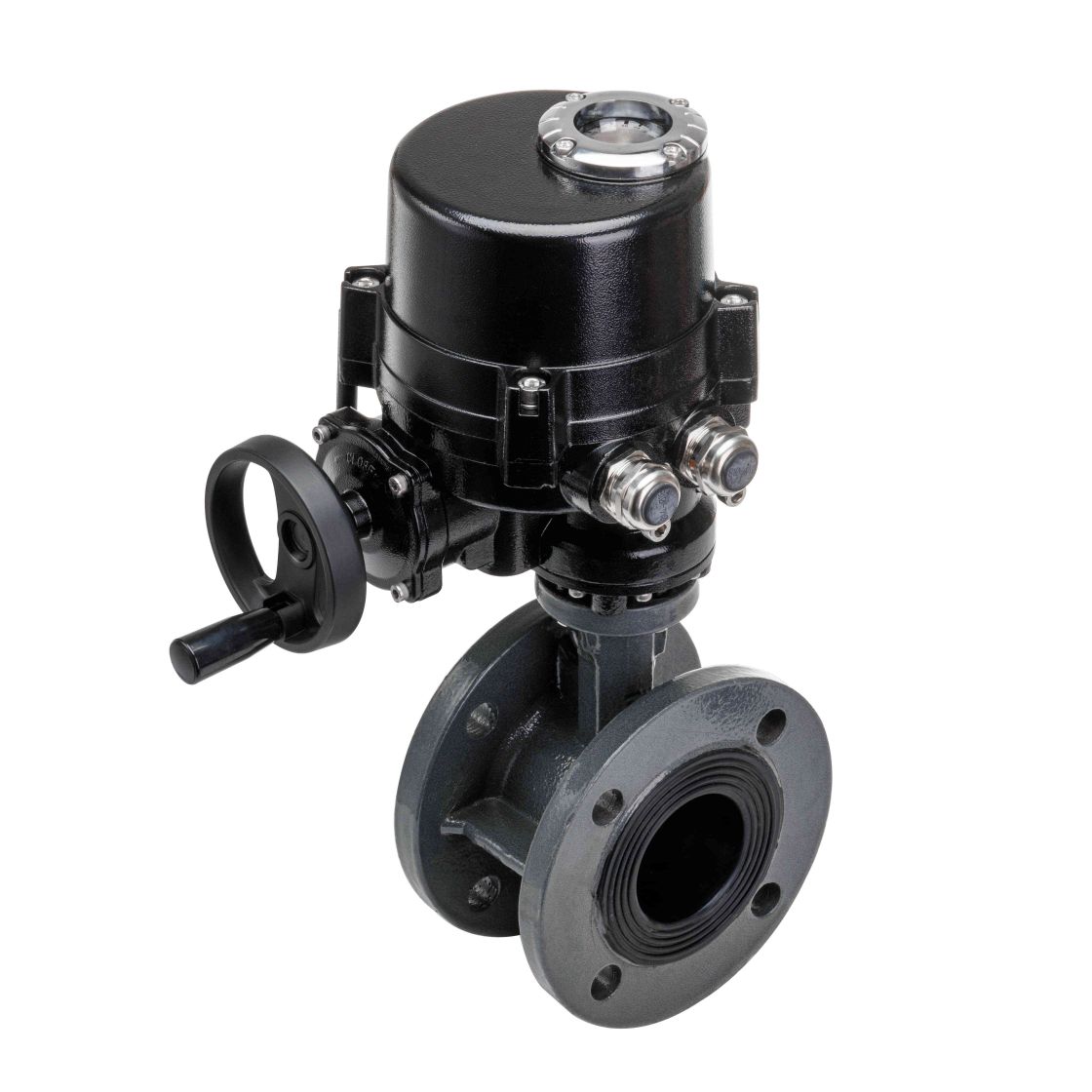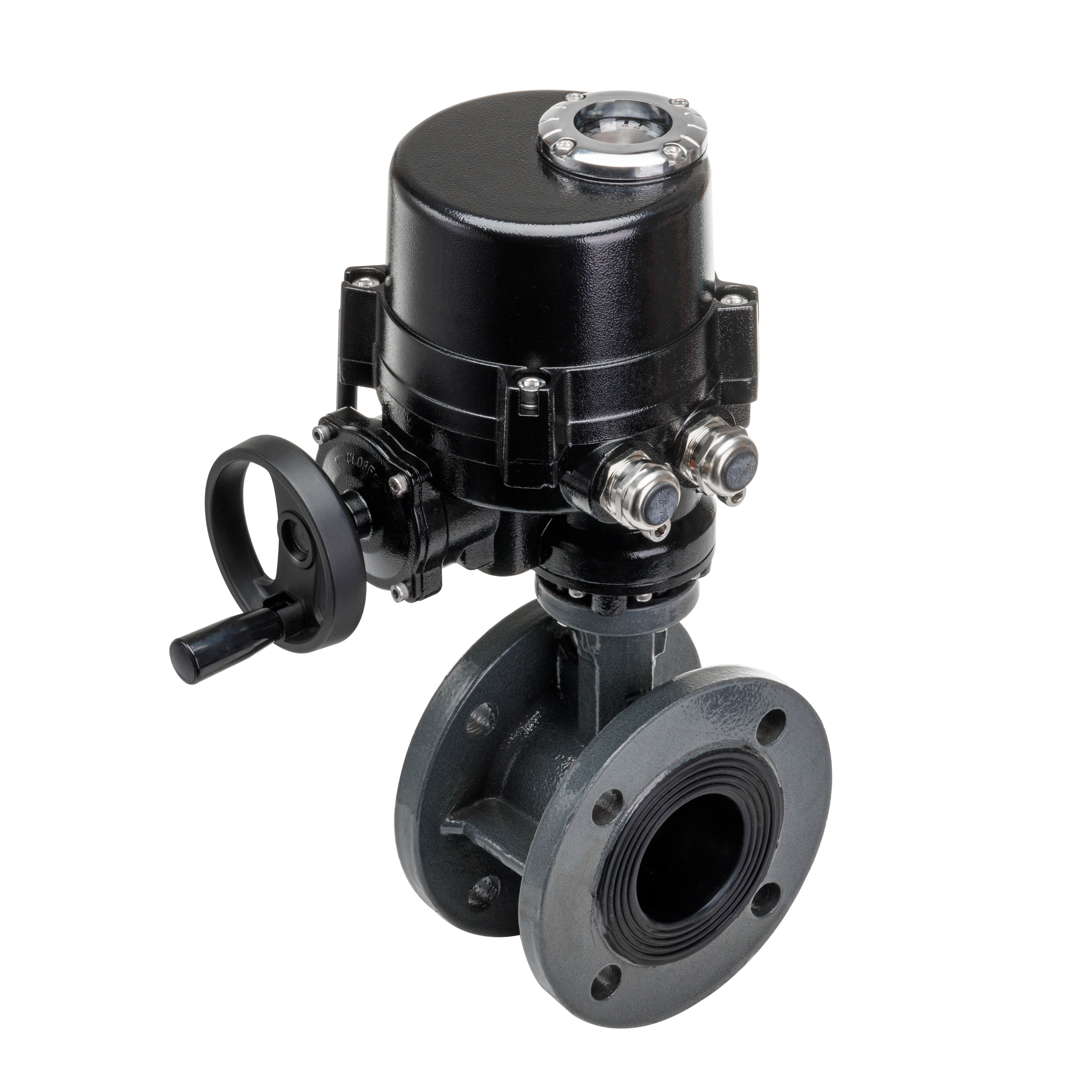
The WCB Electric Ball Valve is an advanced valve technology widely used in various industrial applications where automation and precise control of fluid flow are critical. This electric ball valve is designed to offer efficient and reliable performance in environments where manual valve operation would be inefficient, dangerous, or simply impractical. Its combination of durable materials, precision control, and ease of integration into automated systems makes it a popular choice for industries such as oil and gas, water treatment, chemical processing, and HVAC systems. In this article, we will explore the features, advantages, and applications of the WCB Electric Ball Valve, shedding light on why it is becoming an essential component of modern automation systems.
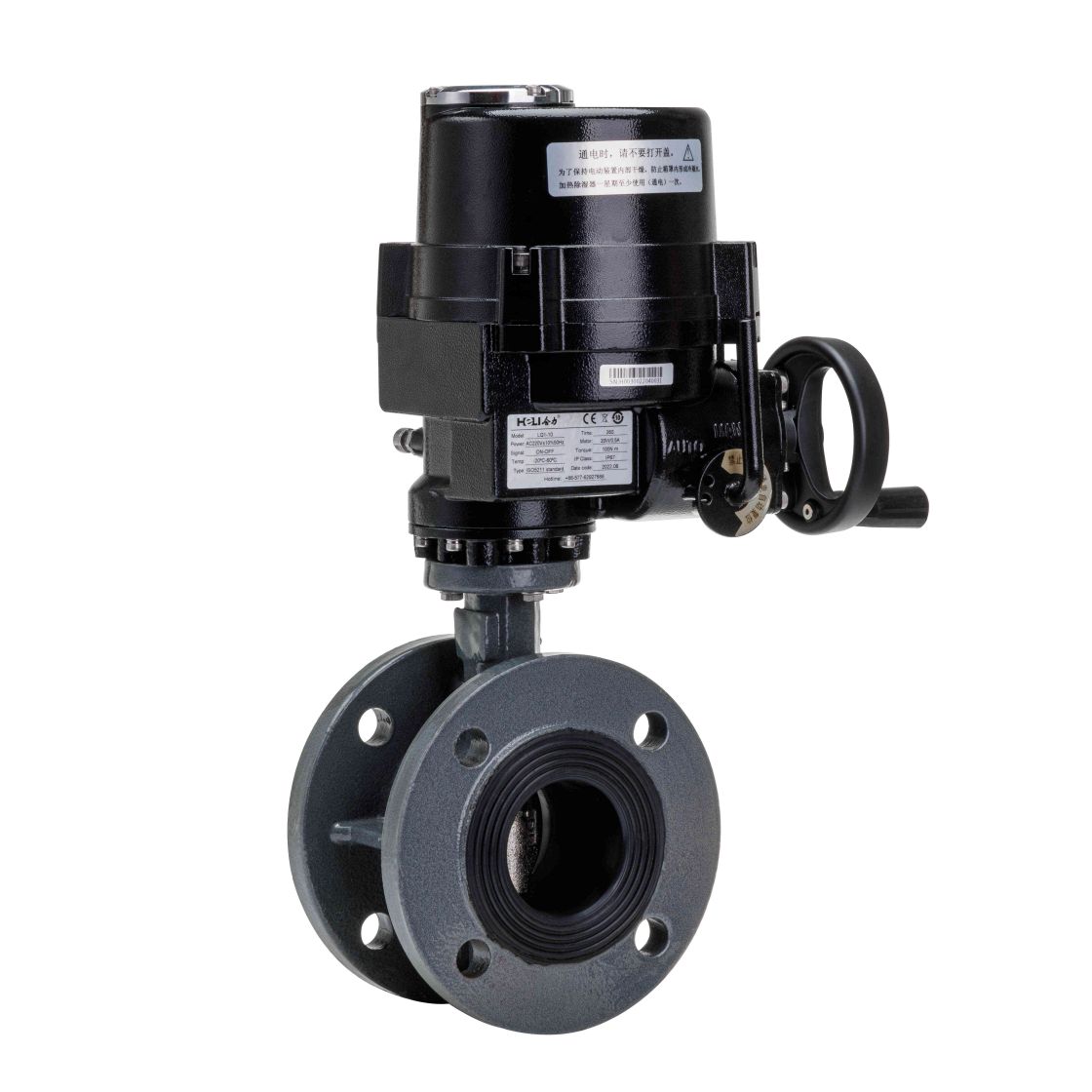
What is a WCB Electric Ball Valve?
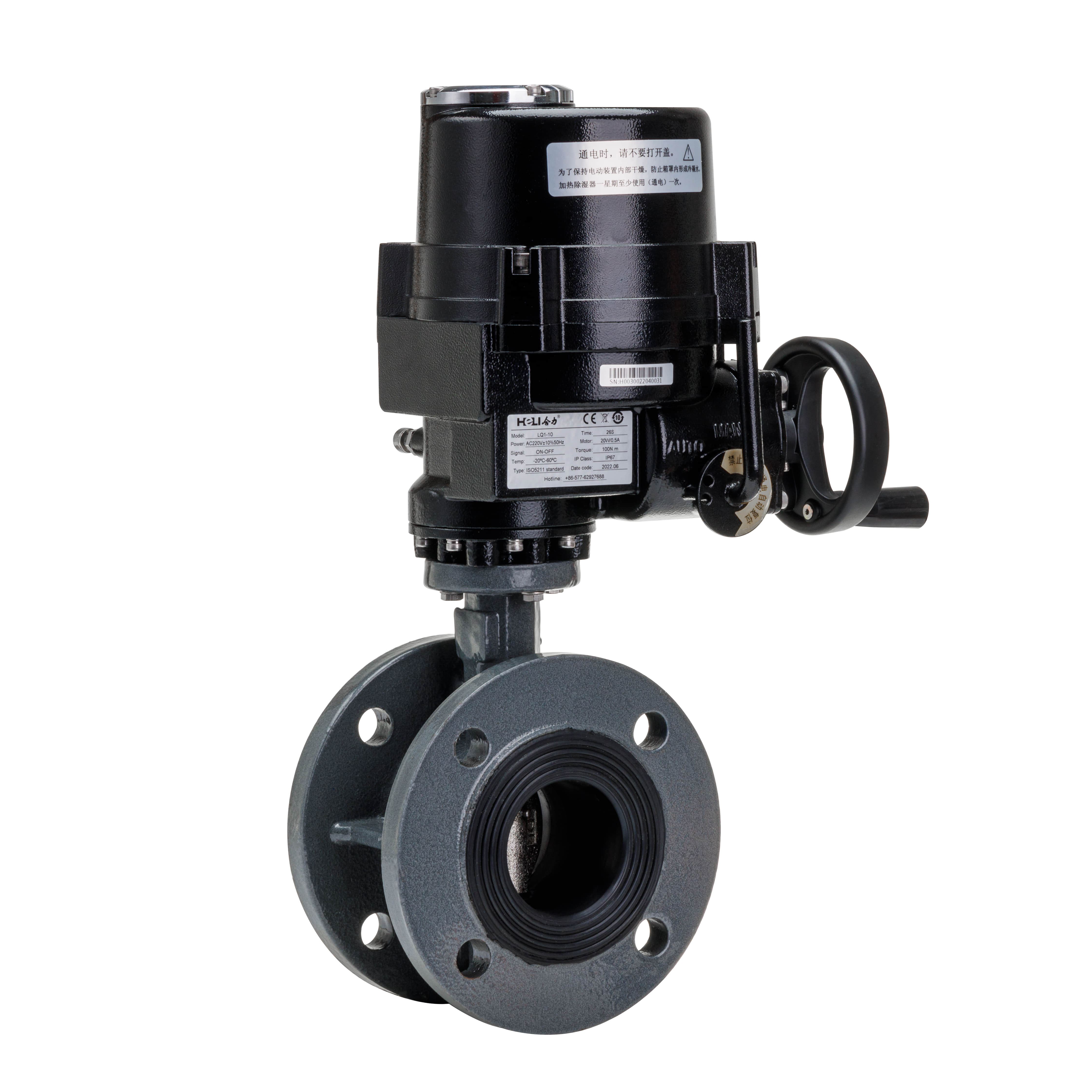
The WCB Electric Ball Valve is a type of valve that uses an electric actuator to control the movement of a ball inside the valve. The ball, which is equipped with a hole or passage, rotates within the valve body to regulate the flow of fluids or gases. The valve is typically made of WCB (Wrought Carbon Steel), a material known for its excellent mechanical properties, corrosion resistance, and suitability for high-pressure applications.

The electric actuator that operates the valve can be controlled remotely through a variety of systems, such as SCADA (Supervisory Control and Data Acquisition) or PLC (Programmable Logic Controller), allowing for precise control of the valve's position. This automation capability provides several key benefits, including the ability to make real-time adjustments to the flow, enhanced safety, and improved operational efficiency.
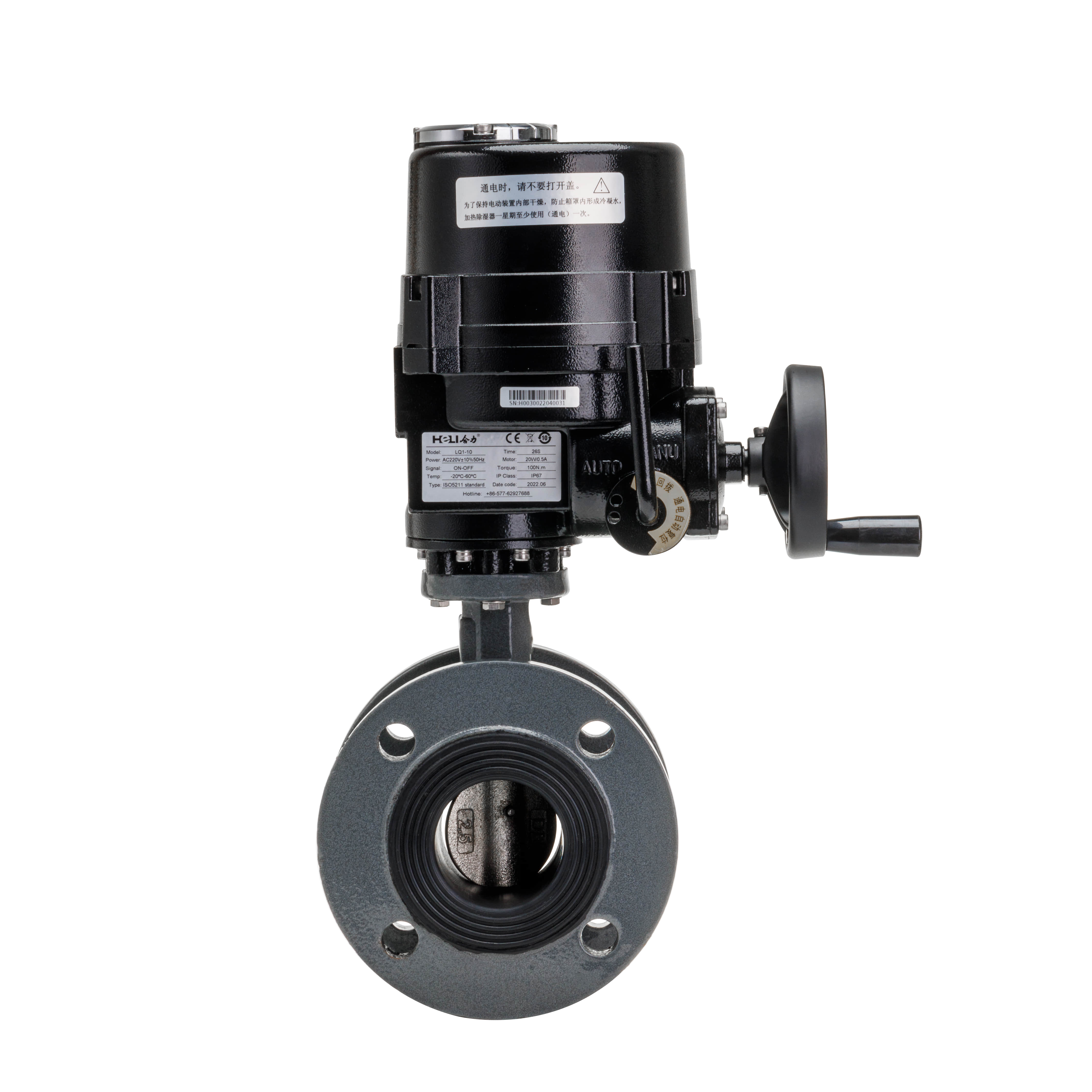
Key Features of WCB Electric Ball Valves
